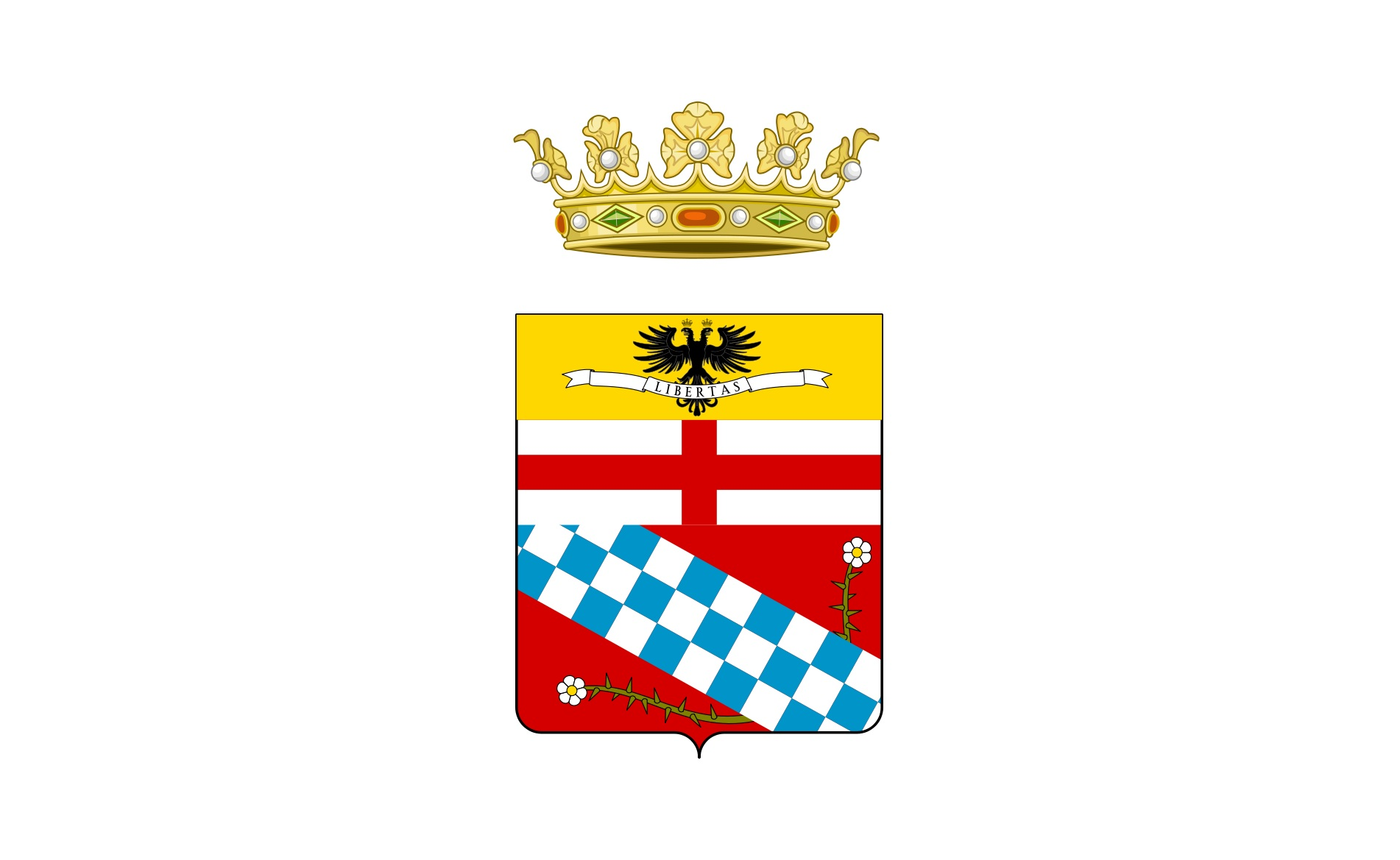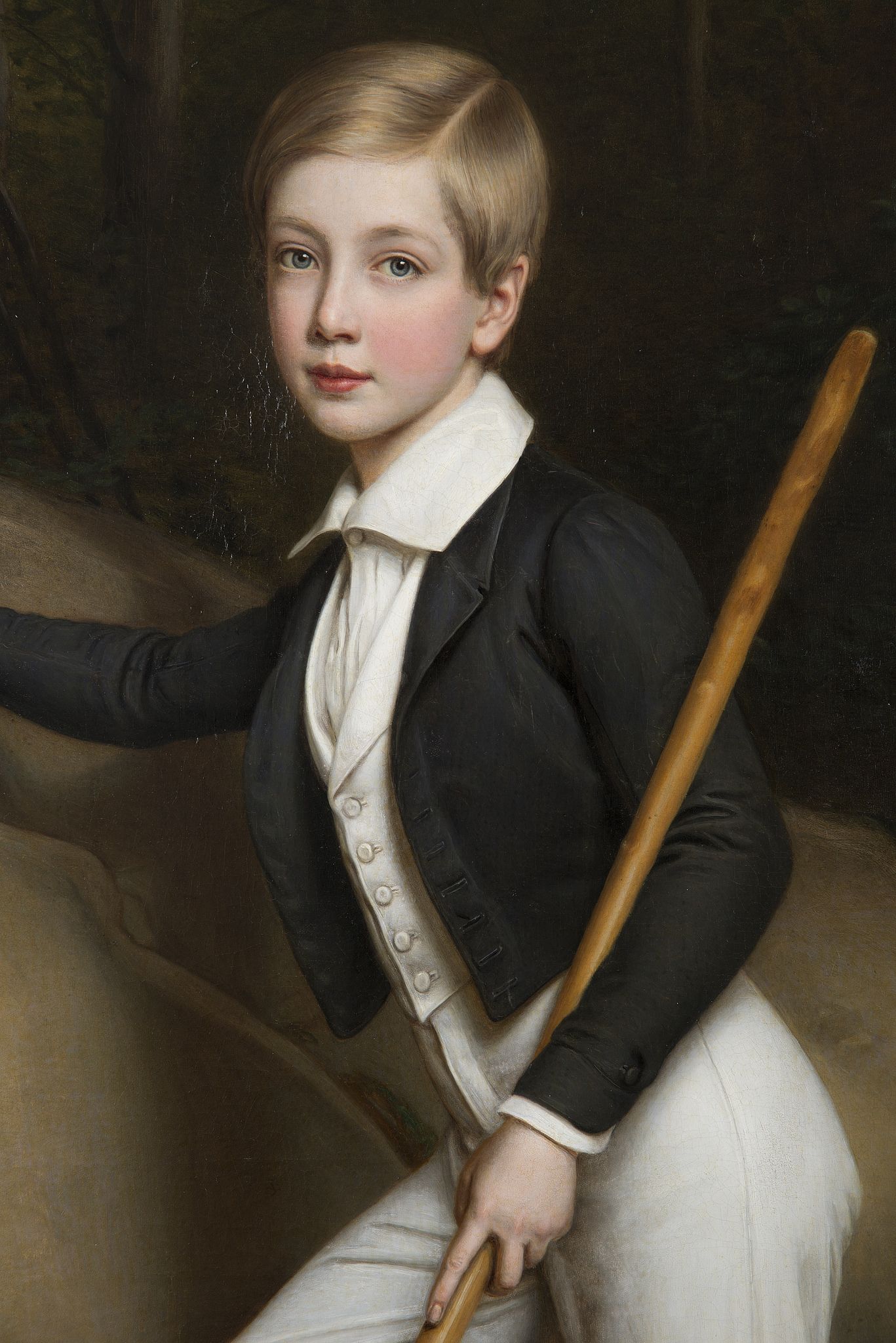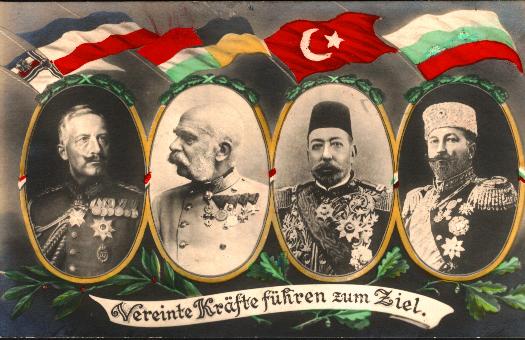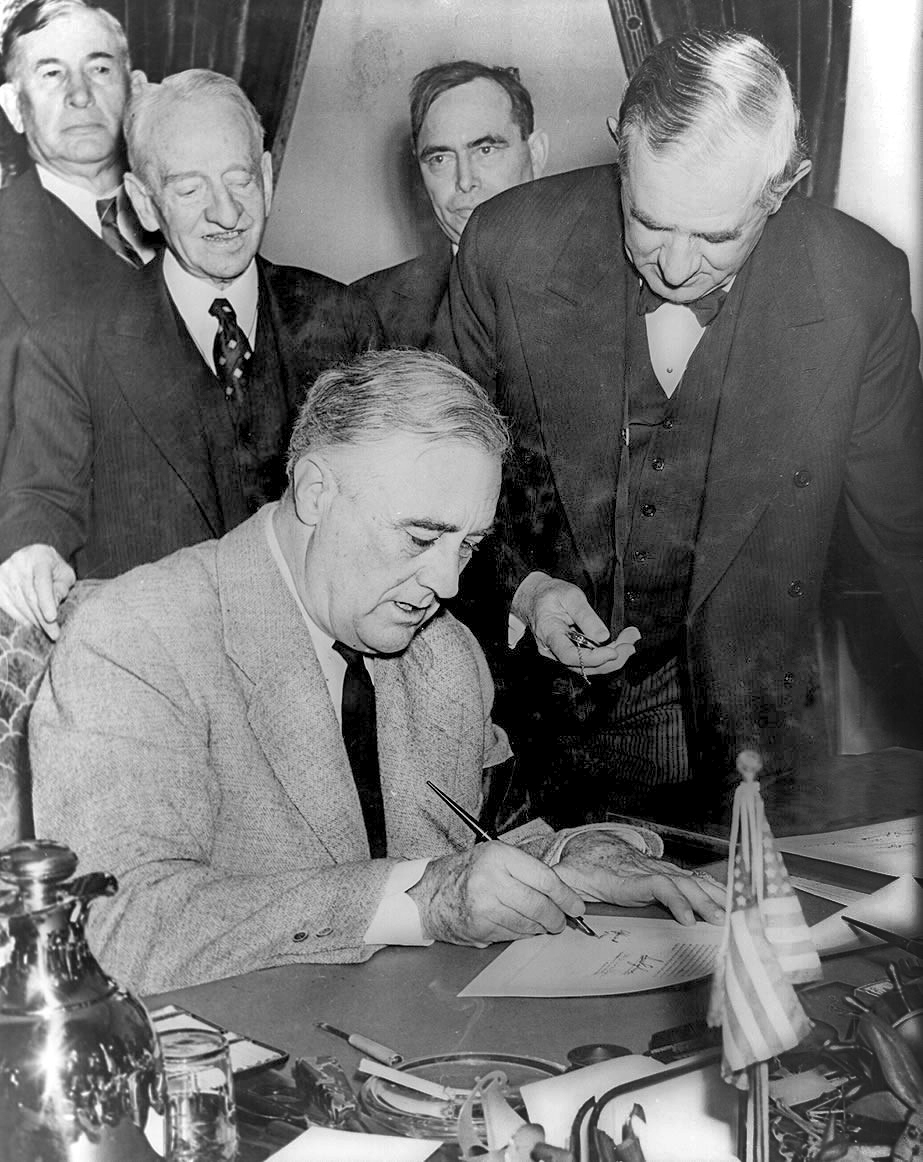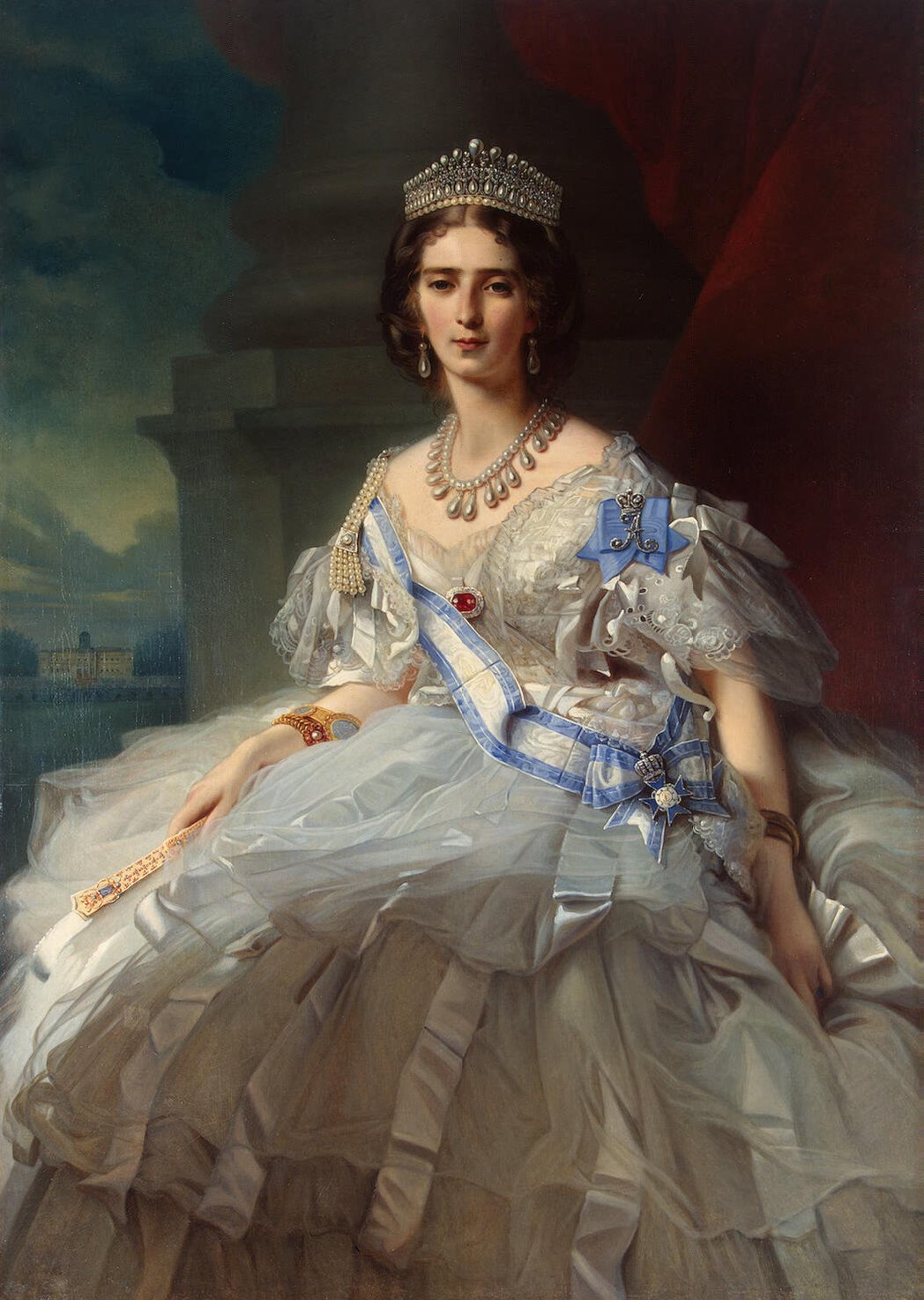|
Archduke Franz Ferdinand
Archduke Franz Ferdinand Carl Ludwig Joseph Maria of Austria, (18 December 1863 – 28 June 1914) was the heir presumptive to the throne of Austria-Hungary. His assassination in Sarajevo was the most immediate cause of World War I. Franz Ferdinand was the eldest son of Archduke Karl Ludwig of Austria, the younger brother of Emperor Franz Joseph I of Austria. Following the death of Crown Prince Rudolf in 1889 and the death of Karl Ludwig in 1896, Franz Ferdinand became the heir presumptive to the Austro-Hungarian throne. His courtship of Sophie Chotek, a lady-in-waiting, caused conflict within the imperial household, and their morganatic marriage in 1900 was only allowed after he renounced his descendants' rights to the throne. Franz Ferdinand held significant influence over the military, and in 1913 he was appointed inspector general of the Austro-Hungarian armed forces. On 28 June 1914, Franz Ferdinand and his wife were assassinated in Sarajevo by the 19-year-old Gav ... [...More Info...] [...Related Items...] OR: [Wikipedia] [Google] [Baidu] |
Archduke Of Austria-Este
The House of Habsburg-Este (), also known as the House of Austria-Este () and holder of the title of Archduke of Austria-Este (; ), is a cadet branch of the House of Habsburg-Lorraine and also descends from the House of Este in the cognatic line. It was created in 1771 with the marriage between Ferdinand of Habsburg-Lorraine and Maria Beatrice d'Este, only daughter of the Duke of Modena, Ercole III d'Este. After the death of Ercole III in 1803, the Modena ruling branch of the Este family's male line ended, and the Habsburg-Este line subsequently inherited his possessions in what is now Italy. History Origins Ercole III d'Este, the last Este duke of Modena and Reggio in the direct male line, was deposed in 1796 by the French, and his Italian principality was incorporated into the Cisalpine Republic, later the Napoleonic Kingdom of Italy. In 1814, French rule in Italy ended. Modena was to be returned to his daughter Maria Beatrice and her son Francis of Austria-Este after Ercol ... [...More Info...] [...Related Items...] OR: [Wikipedia] [Google] [Baidu] |
Assassination Of Archduke Franz Ferdinand
Archduke Franz Ferdinand of Austria, heir presumptive to the Austro-Hungarian throne, and his wife, Sophie, Duchess of Hohenberg, were assassinated on 28 June 1914 by Bosnian Serb student Gavrilo Princip. They were shot at close range while being driven through Sarajevo, the provincial capital of Bosnia-Herzegovina, formally annexed by Austria-Hungary in 1908. Princip was part of a group of six Bosnian assassins together with Muhamed Mehmedbašić, Vaso Čubrilović, Nedeljko Čabrinović, Cvjetko Popović and Trifko Grabež coordinated by Danilo Ilić; all but one were Bosnian Serbs and members of a student revolutionary group that later became known as Young Bosnia. The political objective of the assassination was to free Bosnia and Herzegovina of Austria-Hungarian rule and establish a common South Slav (" Yugoslav") state. The assassination precipitated the July Crisis which led to Austria-Hungary declaring war on Serbia and the start of World War I. The assassinat ... [...More Info...] [...Related Items...] OR: [Wikipedia] [Google] [Baidu] |
Maximilian I Of Mexico
Maximilian I (german: Ferdinand Maximilian Josef Maria von Habsburg-Lothringen, link=no, es, Fernando Maximiliano José María de Habsburgo-Lorena, link=no; 6 July 1832 – 19 June 1867) was an Austrian archduke who reigned as the only Emperor of the Second Mexican Empire from 10 April 1864 until his execution on 19 June 1867. A member of the House of Habsburg-Lorraine, Maximilian was the younger brother of Emperor Franz Joseph I of Austria. He had a distinguished career as the Austrian viceroy of Lombardy–Venetia and the commander-in-chief of the Imperial Austrian Navy. His involvement in Mexico came about after France, together with Spain and the United Kingdom, had occupied the port of Veracruz in the winter of 1861 to pressure the Mexican government into settling its debts with the three powers after Mexico had announced a suspension on debt repayment earlier in the year; the Spanish and British both withdrew the following year after negotiating agreements with the Mex ... [...More Info...] [...Related Items...] OR: [Wikipedia] [Google] [Baidu] |
Allies Of World War I
The Allies of World War I, Entente Powers, or Allied Powers were a coalition of countries led by France, the United Kingdom, Russia, Italy, Japan, and the United States against the Central Powers of Germany, Austria-Hungary, the Ottoman Empire, Bulgaria, and their colonies during the First World War (1914–1918). By the end of the first decade of the 20th century, the major European powers were divided between the Triple Entente and the Triple Alliance. The Triple Entente was made up of France, Britain, and Russia. The Triple Alliance was originally composed of Germany, Austria–Hungary, and Italy, but Italy remained neutral in 1914. As the war progressed, each coalition added new members. Japan joined the Entente in 1914 and after proclaiming its neutrality at the beginning of the war, Italy also joined the Entente in 1915. The term "Allies" became more widely used than "Entente", although France, Britain, Russia, and Italy were also referred to as the Quadruple Entente ... [...More Info...] [...Related Items...] OR: [Wikipedia] [Google] [Baidu] |
Central Powers
The Central Powers, also known as the Central Empires,german: Mittelmächte; hu, Központi hatalmak; tr, İttifak Devletleri / ; bg, Централни сили, translit=Tsentralni sili was one of the two main coalitions that fought in World War I (1914–1918). It consisted of the German Empire, Austria-Hungary, the Ottoman Empire, and the Kingdom of Bulgaria and was also known as the Quadruple Alliance.german: Vierbund, tr, Dörtlü İttifak, hu, Központi hatalmak, bg, Четворен съюз, translit=Chetvoren sūyuz Colonies of these countries also fought on the Central Powers' side such as German New Guinea and German East Africa, until almost all of their colonies were occupied by the Allies. The Central Powers faced and were defeated by the Allied Powers that had formed around the Triple Entente. The Central Powers' origin was the alliance of Germany and Austria-Hungary in 1879. Despite having nominally joined the Triple Alliance before, Italy d ... [...More Info...] [...Related Items...] OR: [Wikipedia] [Google] [Baidu] |
Kingdom Of Serbia
The Kingdom of Serbia ( sr-cyr, Краљевина Србија, Kraljevina Srbija) was a country located in the Balkans which was created when the ruler of the Principality of Serbia, Milan I, was proclaimed king in 1882. Since 1817, the Principality was ruled by the Obrenović dynasty (replaced by the Karađorđević dynasty for a short time). The Principality, under the suzerainty of the Ottoman Empire, ''de facto'' achieved full independence when the last Ottoman troops left Belgrade in 1867. The Congress of Berlin in 1878 recognized the formal independence of the Principality of Serbia, and in its composition Nišava, Pirot, Toplica and Vranje districts entered the South part of Serbia. In 1882, Serbia was elevated to the status of a kingdom, maintaining a foreign policy friendly to Austria-Hungary. Between 1912 and 1913, Serbia greatly enlarged its territory through engagement in the First and Second Balkan Wars— Sandžak-Raška, Kosovo Vilayet and Vardar Macedonia ... [...More Info...] [...Related Items...] OR: [Wikipedia] [Google] [Baidu] |
Declaration Of War
A declaration of war is a formal act by which one state (polity), state announces existing or impending war activity against another. The declaration is a performative speech act (or the signing of a document) by an authorized party of a national government, in order to create a state of war between two or more Sovereign state, states. The legality of who is competent to declare war varies between nations and forms of government. In many nations, that power is given to the head of state or monarch, sovereign. In other cases, something short of a full declaration of war, such as a letter of marque or a covert operation, may authorise war-like acts by privateers or mercenary, mercenaries. The official international protocol for declaring war was defined in the Hague Conventions of 1899 and 1907, Hague Convention (III) of 1907 on the Opening of Hostilities. Since 1945, developments in international law such as the United Nations Charter, which prohibits both the threat and the use ... [...More Info...] [...Related Items...] OR: [Wikipedia] [Google] [Baidu] |
July Crisis
The July Crisis was a series of interrelated diplomatic and military escalations among the major powers of Europe in the summer of 1914, Causes of World War I, which led to the outbreak of World War I (1914–1918). The crisis began on 28 June 1914, when Gavrilo Princip, a Bosnian Serb, Assassination of Archduke Franz Ferdinand, assassinated Archduke Franz Ferdinand, heir presumptive to the Austro-Hungarian throne, and his wife Sophie, Duchess of Hohenberg. The assassin team was armed, trained, smuggled across the border and instructed by the head of the Serbian military intelligence service and his staff. A complex web of alliances, coupled with miscalculations when many leaders regarded war as in their best interests or felt that a general war would not occur, resulted in a general outbreak of hostilities among most major European nations in early August 1914. Austria-Hungary viewed the irredentist movements of South Slavs, as promoted by Kingdom of Serbia, Serbia, as a threat ... [...More Info...] [...Related Items...] OR: [Wikipedia] [Google] [Baidu] |
Young Bosnia
Young Bosnia ( sh-Latn-Cyrl, separator=" / ", Mlada Bosna, Млада Босна) was a separatist and revolutionary movement active in the Condominium of Bosnia and Herzegovina, Austria-Hungary before World War I. Its members were predominantly young male students, primarily Bosnian Serbs, but it also included Bosnian Muslims and Croats. There were two key ideologies promoted amongst the members of the group—the Yugoslavist (unification into a Yugoslavia) and the Pan-Serb (unification into Serbia). Philosophically, Young Bosnia was inspired by a variety of ideas, movements, and events, such as German romanticism, anarchism, Russian revolutionary socialism, Fyodor Dostoevsky, Friedrich Nietzsche, and the Battle of Kosovo. Background The rise to power of the popular Karađorđević dynasty in Serbia in the 1900s after the May Overthrow of the Obrenović dynasty by the Serbian Army in 1903, stimulated support by both Serbs and South Slavs for their unification into a state led by ... [...More Info...] [...Related Items...] OR: [Wikipedia] [Google] [Baidu] |
Gavrilo Princip
Gavrilo Princip ( sr-Cyrl, Гаврило Принцип, ; 25 July 189428 April 1918) was a Bosnian Serb student who assassinated Archduke Franz Ferdinand of Austria and his wife Sophie, Duchess of Hohenberg, in Sarajevo on 28 June 1914. Princip was born in western Bosnia to a poor Serb family. At the age of 13, he was sent to Sarajevo, the capital of Austrian-occupied Bosnia, to study at the Merchants’ School before transferring to the gymnasium where he became politically aware. In 1911, he joined Young Bosnia, a secret local society aiming to free Bosnia from Austrian rule and achieve the unification of the South Slavs. After attending anti-Austrian demonstrations in Sarajevo, he was expelled from school and walked to Belgrade, Serbia to continue his education. During the First Balkan War, Princip traveled to Southern Serbia to volunteer with the Serbian army's irregular forces fighting against the Ottoman Empire but was rejected for being too small and weak. In 1913 ... [...More Info...] [...Related Items...] OR: [Wikipedia] [Google] [Baidu] |
Morganatic Marriage
Morganatic marriage, sometimes called a left-handed marriage, is a marriage between people of unequal social rank, which in the context of royalty or other inherited title prevents the principal's position or privileges being passed to the spouse, or any children born of the marriage. The concept is most prevalent in German-speaking territories and countries most influenced by the customs of the German-speaking realms. Generally, this is a marriage between a man of high birth (such as from a reigning, deposed or mediatised dynasty) and a woman of lesser status (such as a daughter of a low-ranked noble family or a commoner).Webster's Online Dictionary . Retrieved 2008-07-10. Diesbach, Ghislain de. ''S ... [...More Info...] [...Related Items...] OR: [Wikipedia] [Google] [Baidu] |
Lady-in-waiting
A lady-in-waiting or court lady is a female personal assistant at a court, attending on a royal woman or a high-ranking noblewoman. Historically, in Europe, a lady-in-waiting was often a noblewoman but of lower rank than the woman to whom she attended. Although she may either have received a retainer or may not have received compensation for the service she rendered, a lady-in-waiting was considered more of a secretary, courtier, or companion to her mistress than a servant. In other parts of the world, the lady-in-waiting, often referred to as ''palace woman'', was in practice a servant or a slave rather than a high-ranking woman, but still had about the same tasks, functioning as companion and secretary to her mistress. In courts where polygamy was practised, a court lady was formally available to the monarch for sexual services, and she could become his wife, consort, courtesan, or concubine. ''Lady-in-waiting'' or ''court lady'' is often a generic term for women whose r ... [...More Info...] [...Related Items...] OR: [Wikipedia] [Google] [Baidu] |

